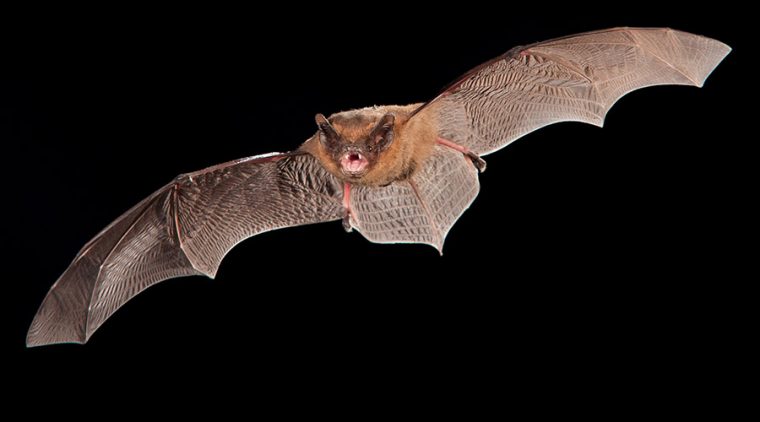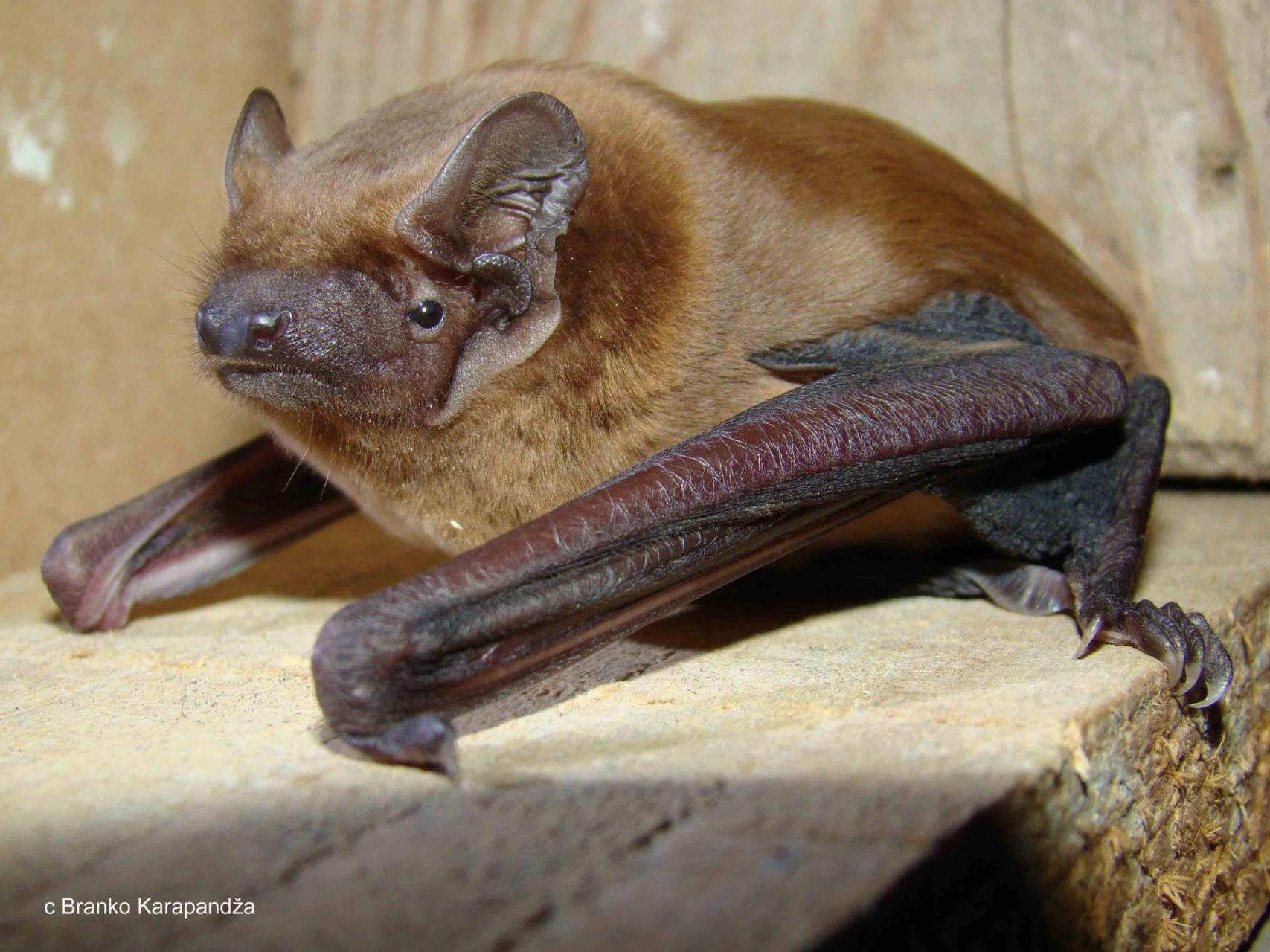On the 16th September, a bat walk was held at Tar Lakes, with a great turnout of people keen to see what wildlife the night sky had to offer. 14 of
the UK’s 18 bat species can be found in Oxfordshire – the county’s woodland and
hedgerow habitats make it a great place to see a range of different species. The group
hoped to collect information on what sort of bats are using the lakes
and their surrounding habitats, and find out a bit more about these elusive
nocturnal creatures. Using bat detectors that lower the bat’s ultrasonic calls
to the range of human hearing, the participants listened in on a number of
different bat species as they made their way around the lake complex. Here is
what we saw;
Common and soprano pipistrelles
Common pipistrelles Pipistrellus pipistrellus were the most frequently heard bat on
the walk. This small species can be found in woodland and urban habitats, making
use of holes in trees and buildings to roost in. Their calls sound like
fast slaps as they pass by, at a frequency around 45kHz.
A soprano pipistrelle Pipistrellus pygmaeus was first bat species spotted on the
walk, foraging over a patch of scrub habitat. This species looks and sounds
similar to the common pipistrelle, however their calls are pitches higher at
55kHz – as their name would suggest!
Both of these bats were seen flying over scrub and hedgerow
habitats, where their insect prey was most abundant – ‘feeding buzzes’ were heard
on the detectors as the bats honed in on their prey. Hedgerows are incredibly important
for bats, due to their use as navigational tools as they commute from roosting
to foraging grounds.
 |
| A common pipistrelle bat © Paul van Hoof |
Noctule
Noctules Nyctalus noctula are one of the larger bats we have in Oxfordshire –
they are associated with woodland habitat, and can occasionally be heard
without detectors by children and adults with good hearing, due to their calls sometimes
being just low enough for humans to hear at around 20kHz. Noctules were heard
several times on the walk, but despite their large size, the group could not
spot them in the air as they few rapidly around!
 |
| Noctule © Branko Karapandza |
Daubenton’s bat
A bat that is commonly associated with water habitats is the
Daubenton’s bat Myotis daubentonii – this species is seen trawling across rivers and lake with its
large hairy feet, catching the midges that hover above the surface. Using high-powered torches, we were treated
to a few sightings of this bat foraging across the lake.
 |
| Daubenton's bat © Paul van Hoof |
Mystery myotids
Bats that are part of the Myotid genus, such as Natterer's bats and Bechstein's bats, are very hard to tell
apart using only a bat detector due to their similar sounding calls – they can even
be challenging to identify when in the hand! Their rattling call was heard a
few times briefly above the hedgerows bordering the lakes, perhaps commuting between roosting and foraging
sites.
Other nightlife
The group also spotted some other wildlife whilst on the
walk – several common newts and toads were encountered on the northern path
around the lake, which narrowly avoided being trodden on at times! A
surprisingly large number of devil's coach horse beetle were also seen, with
their long black bodies and scorpion-like poses spotted in the grass.
Many thanks to the Oxford Bat Group for lending us their bat
detectors for the evening – for more information on the work they’re doing
across the county, visit their website - http://www.oxfordshirebats.org/
No comments:
Post a Comment